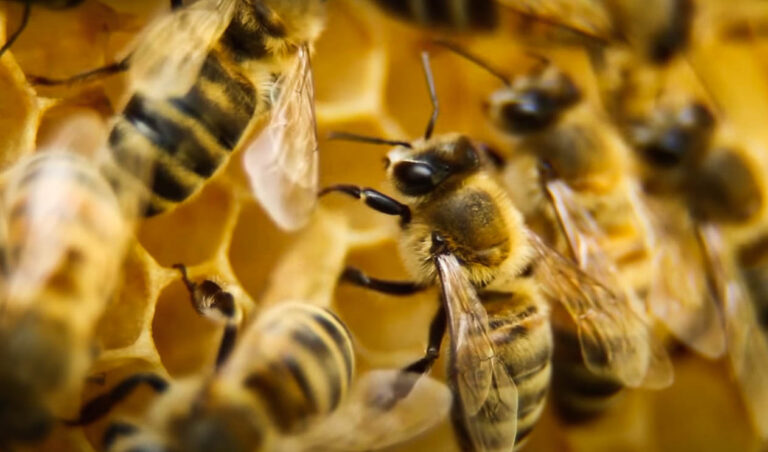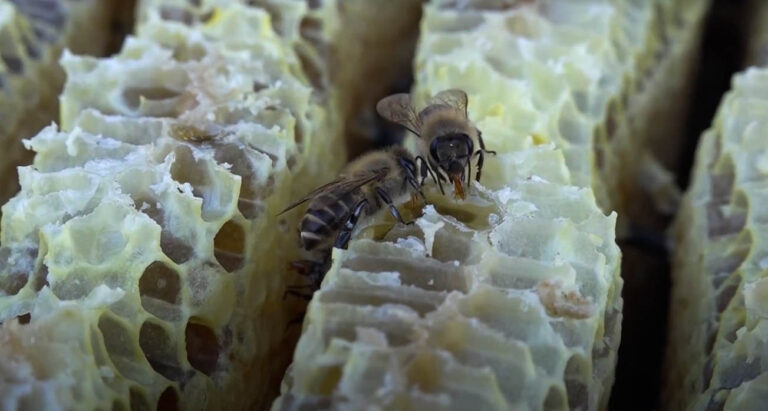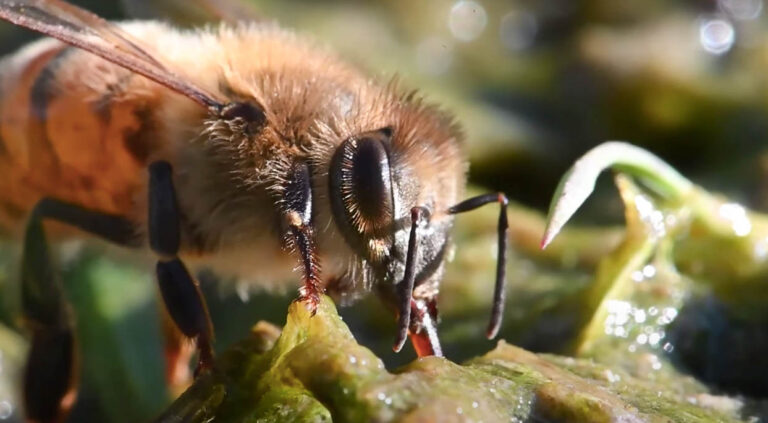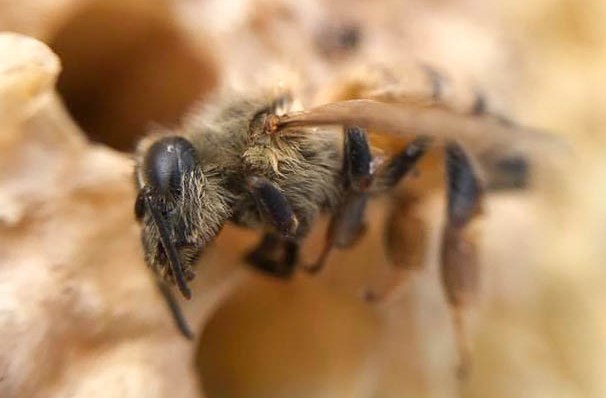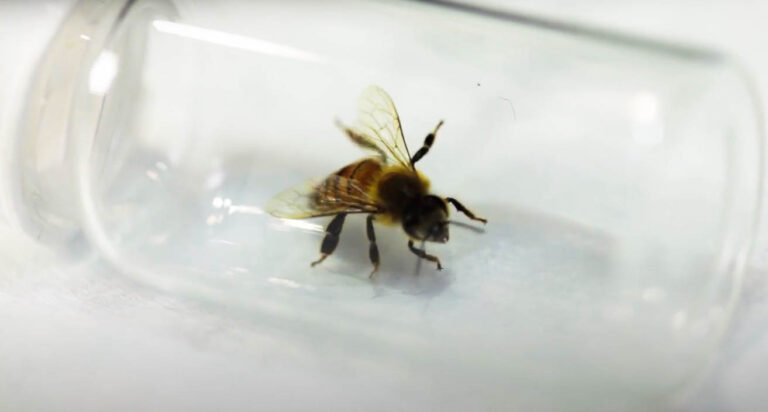About Sweat Bees
About Sweat Bees
Sweat bees are tiny insects that play important roles in pollination, especially the pollination of the alfalfa plant. They get their name from the fact that human sweat could supplement their diet of nectar and pollen. Sweat bees have established populations globally, especially in the US and Canada. More than 1,000 species of the insects have been identified in North America where they can be cultivated for their pollination benefits.
Appearance
Sweat bees could be metallic or non-metallic species. They are typically small bees. The average length of sweat bees ranges from 0.125 inches to 0.5 inches. Their size makes physical sightings of the bees a bit difficult. They are generally slender insects. The males are usually slenderer than the females. The metallic species have metallic colors such as blue, green, and bronze.
The bees get their name from their affinity for human sweat. They have short tongues with which they lap up sweat from the human skin. Sweat bees can sting, but their sting is one of the least painful ones amongst the stinging insects. Sweat bees also play important roles in pollination. They can pollinate in wildflowers, crops, and other plants. Sweat bees are adapted for their roles as pollinators. The females can carry pollen on their legs, and this especially helps with pollination. Their small size makes them important pollinators of the alfalfa plant. Farmers could cultivate the bees for their pollination benefits. They apply a special method of pollination that makes them important alfalfa pollinators. They apply pressure on the base of the flower of the plant to release the pollen.
They are also adapted to pollinate a wide range of plants. This is because of their complex detoxification and digestive systems that help them to process the different types of plants. The diet of sweat bees is majorly made up of pollen and nectar. To supplement their diet, on hot summer days, they could seek out human sweat. They usually nest in ground structures, as well as in wooden structures with holes. Sweat bees are also found under the bark of trees. Preferred nesting sites of sweat bees are holes abandoned by other animals and insects such as ants and woodpeckers. For the safety benefits, sweat bees could nest close to one another. In this vein, multiple colonies could be within an area.
They display different behavioral patterns. They could be solitary creatures. They could also be very social and live in large colonies. The female solitary bees usually lay their eggs, provide sufficient food, and die before the eggs hatch. The social bees are made up of different types of bees, the queen, the drone, and the workers. In these colonies, the queen lays the eggs, while the workers are responsible for caring for the developing bees. Some species of sweat bees overwinter, while others spend winter in active forms. The bees that remain active during winter could live in large groups to share food and body heat.
Life cycle
The nesting pattern of sweat bees differs according to the species of the bees. Some species nest underground. Other species nest in rotting wood. There are also species of sweat bees that are parasites of other bees. Adult females lay eggs in cells of their nests. The cells could be vertical, horizontal, or slanted, depending on the species. The adult female also provides the food the larva will need to develop into adults. The eggs develop into larvae, pupae, and then adults. The adults break out of their cells.
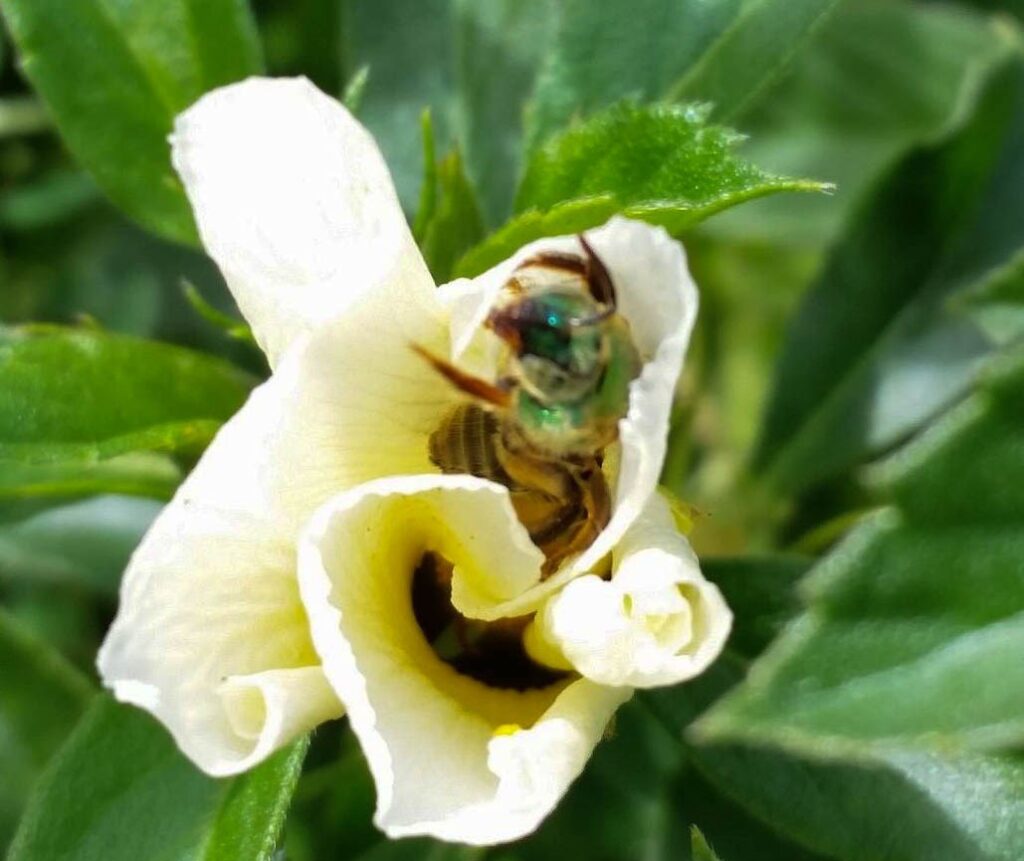
Habitat
Sweat bees are found worldwide. They have established populations in numerous locations, including the US and Canada. They establish more habitats in temperate regions as opposed to tropical regions. The distribution of sweat bees differs according to the species. More than 1,000 species of sweat bees have been identified in the US, Canada, and Central America. The infestation of sweat bees could not be easily identified because of their size constraints. They may be seen when they swarm if they swarm in large numbers.

